Different Types of Gable Roof Designs
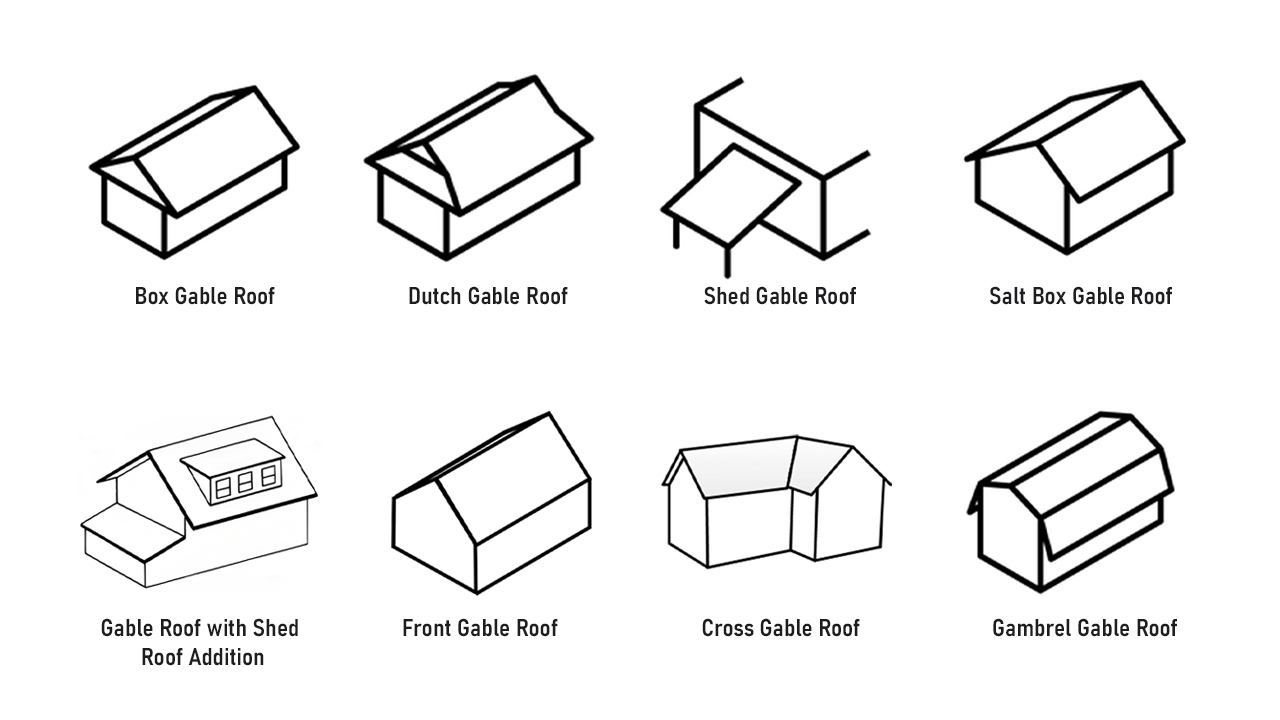
Gable roof is one of the most popular choices for different types of properties as it comes with various design options. You can choose any design of a gable roof for your property, considering the factors of aesthetics and functionality based on your unique requirements.
This guide provides you understanding of a gable roof, its essential elements, style options, and advantages.
On This Page
Gable Roof in a Nutshell
A gable roof has two sloping sides meeting at a point in an inverted V-shape, where they form a ridge and pitch, with triangular shapes at each end. This roof is ideal for properties located in areas where cold weather conditions persist, as rain and snow can easily be shed. It is one of the most viable options if you want to increase headroom and ventilation with a loft conversion project.
Essential Elements of a Gable Roof
- Rake: It is the overhanging element of the gable.
- Gable: It is the part of the roof which forms an A or inverted V shape.
- Gable End: It is the exterior wall which is placed directly below the gable.
- Valley: It is created at a point where two sloping roofs meet in a cross gable.
- Bargeboard: It is a board fastened to the protruding gable to provide the necessary protection and strength.
Popular Styles of Gable Roofs
The following are the main types of gable roof styles:
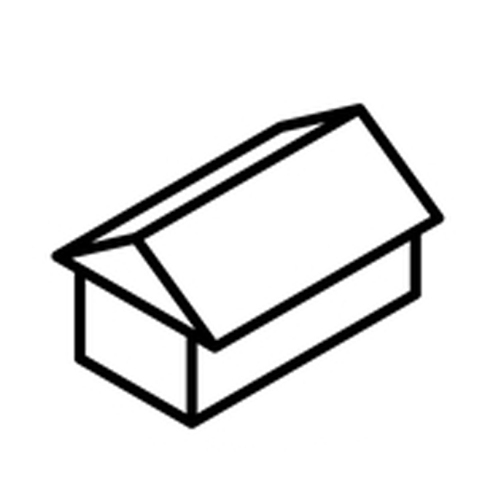
Box Gable Roof
This roof has a triangular extension on either side of the property, with a box-shaped roof section at the end.
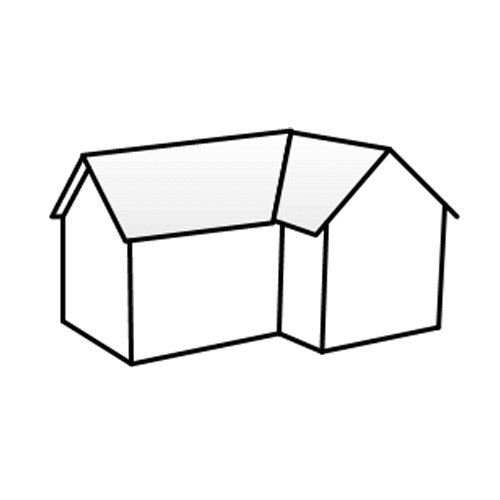
Cross Gable Roof
This style of gable roof has two or more gable rooflines intersecting at a specific angle, mostly with the two ridges which are placed perpendicular to each other. A cross-gable roof changes the property's layout and makes it more complex, such as adding an attached garage, a larger porch, separate wings, etc.

Dutch Gable Roof
For this style, the gable roof is placed on the top of the hip roof to provide more functional space within the loft. It helps to enhance the aesthetic appeal of your property with added practical living space.
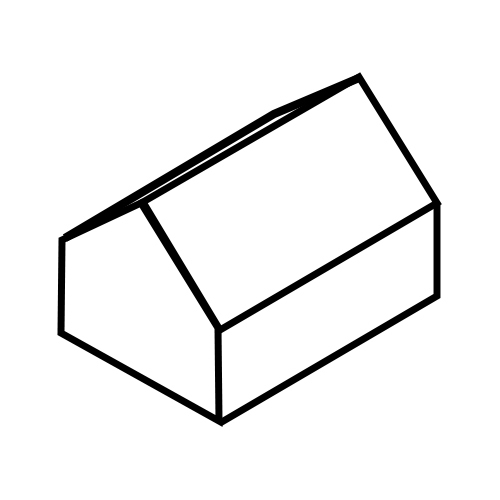
Front Gable Roof
This roof style is becoming popular. It is usually found at the front of the property, where the front door is under the gable.
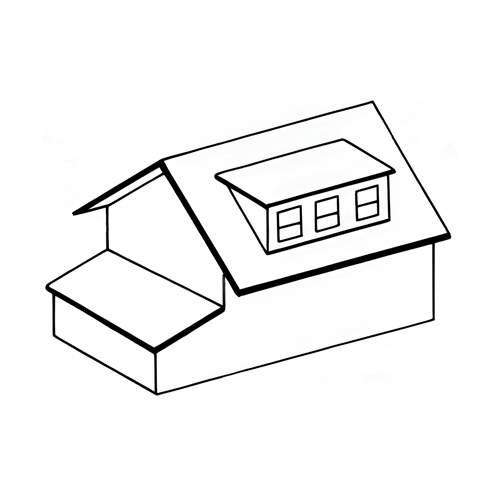
Gable Roof with Shed Roof Addition
It is a hybrid-style gable roof in which a shed roof is added to the ridge of the gable roof to create an extension. This style allows for increased headroom space without altering the roof's aesthetic and structural elements.
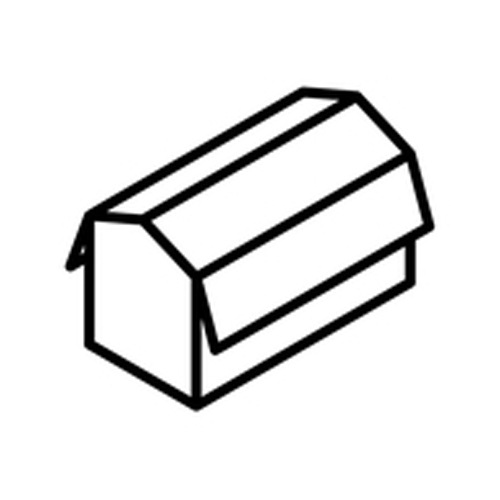
Gambrel Gable Roof
This type of gable roof has two symmetrical slopes on either side of the roof’s structure in which the upper slope has an upper position and is placed at a shallow angle as compared to the lower slope, which is steep.
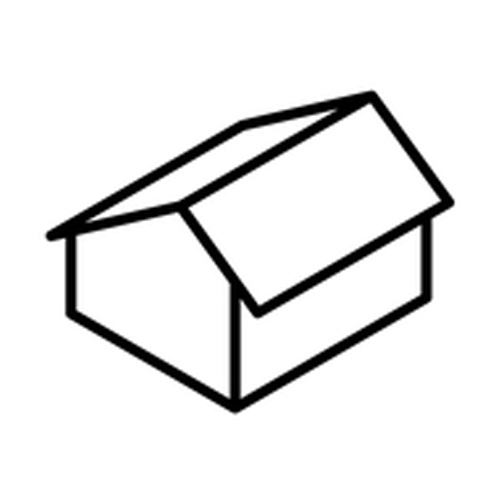
Saltbox Gable Roof
The saltbox gable roof has an asymmetrical design in which one sloping side is slightly flat, and a gable is present on the other side.

Shed Gable Roof/Skillion/Lean-to Roof
There is a single sloping roof surface in this type of roof, which is not in contact with any other roof surface and has a simple, modern, and contemporary design.
Advantages of a Gable Roof
Easy Installation and Repairs
The installation and construction process for a gable roof is simple and straightforward and involves less preparation time. Its simple method of installation requires less labour force to complete the work. A gable roof can also be repaired easily.
Customisable
This roof can be customised based on your roof’s rest of the structure and provides more living space with increased headroom and better ventilation for your property. It has reduced leakage risks, which makes it long-lasting without any potential damage.
Affordable Option
It is an affordable option as it requires only wooden frames and lightweight steel for construction. Additionally, it has excellent drainage capabilities as the water flow gets automatically enhanced and snow clusters’ accumulation is reduced.
